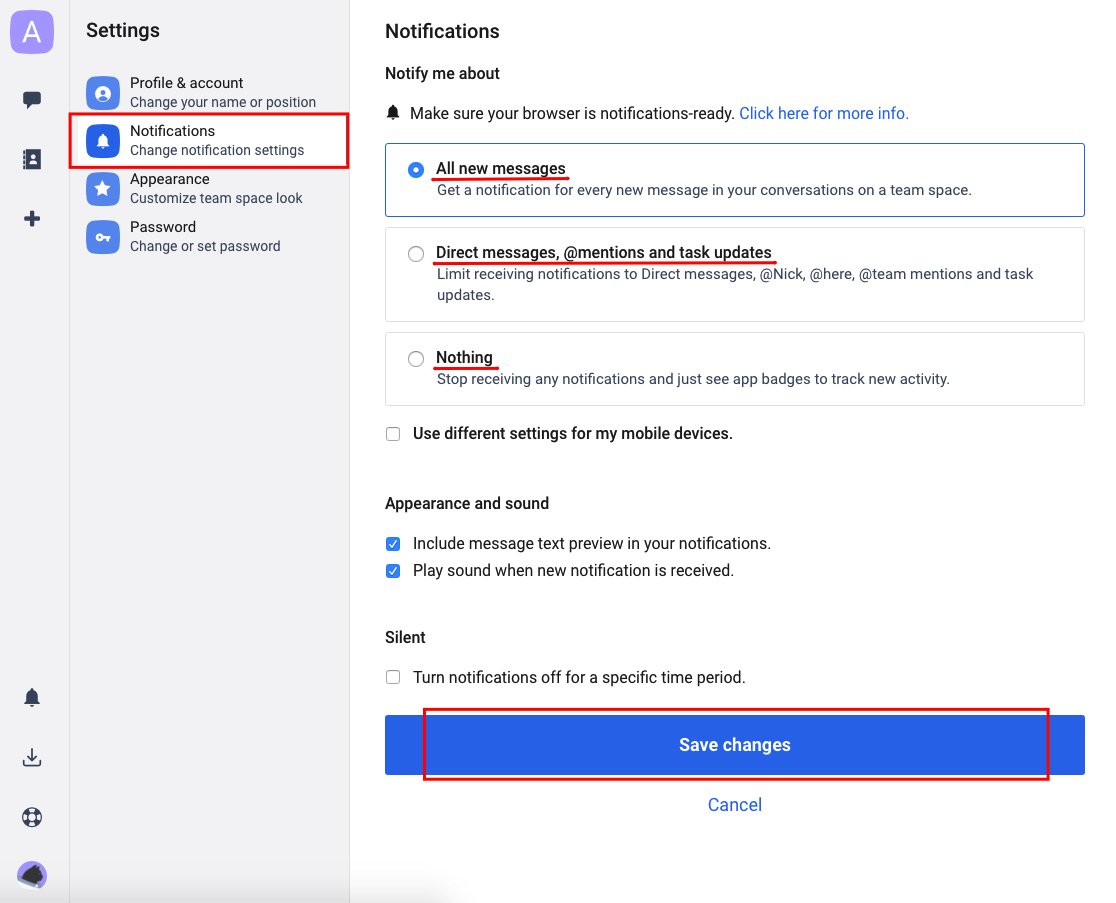

When an alert fires, the alert’s monitor condition is set to ‘fired’, and when the underlying condition that caused the alert to fire clears, the monitor condition is set to ‘resolved’. The alert condition is set by the system.Notification methods such as email, SMS, and push notifications.An action group can trigger notifications or an automated workflow to let users know that an alert has been triggered.You can use alert processing rules to add or suppress action groups, apply filters or have the rule processed on a pre-defined schedule. Alert processing rules modify the fired alerts as they are being fired. An alert processing rule allows you to apply processing on fired alerts.Once an alert is triggered, the alert is made up of: If you're monitoring more than one resource, the condition is evaluated separately for each of the resources and alerts are fired for each resource separately. The signal or telemetry from the resource.If the conditions are met, an alert is triggered, which initiates the associated action group and updates the state of the alert. The alert rule captures the signal and checks to see if the signal meets the criteria of the condition. You can alert on any metric or log data source in the Azure Monitor data platform.Īn alert rule monitors your telemetry and captures a signal that indicates that something is happening on a specified target. Alerts help you detect and address issues before users notice them by proactively notifying you when Azure Monitor data indicates that there may be a problem with your infrastructure or application.


 0 kommentar(er)
0 kommentar(er)
